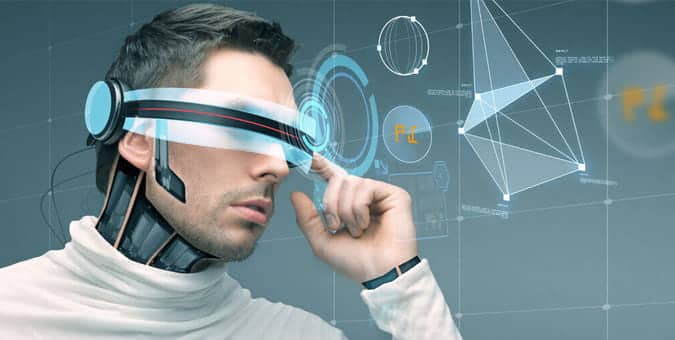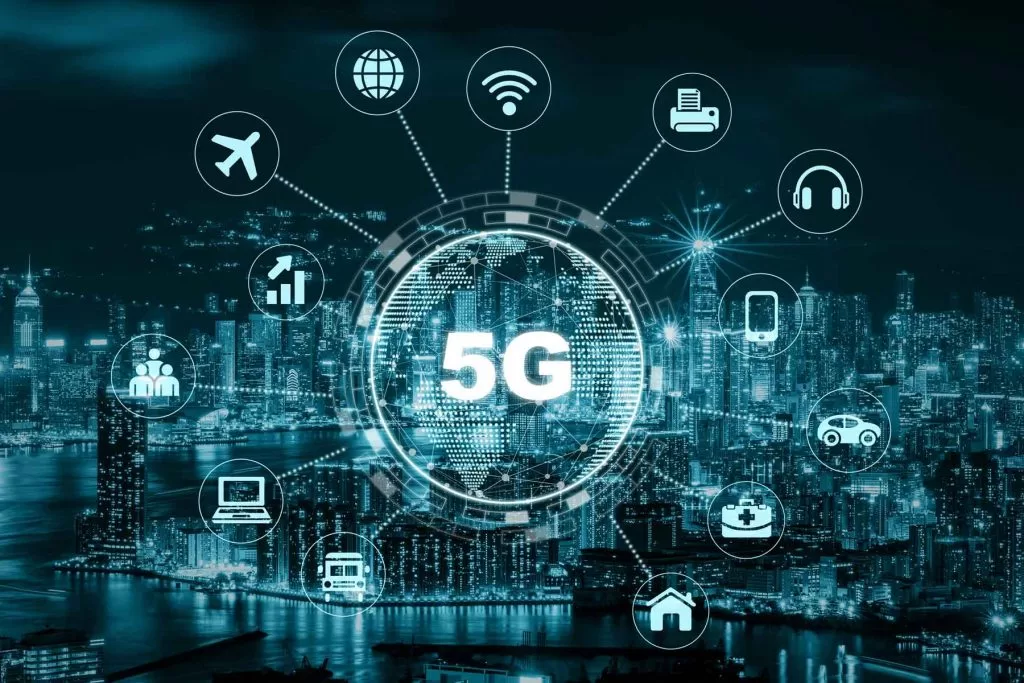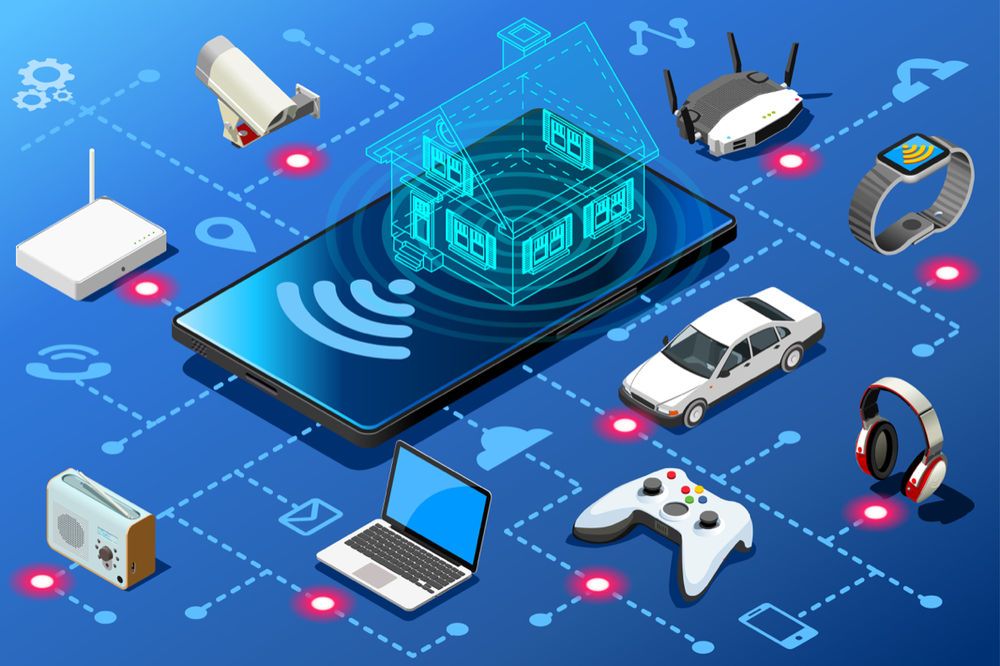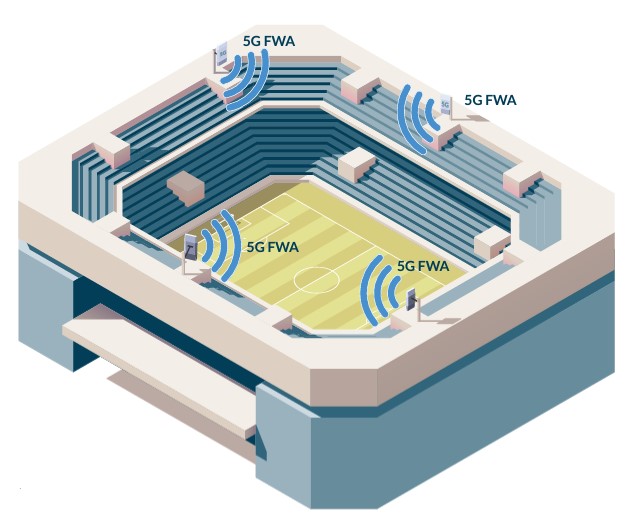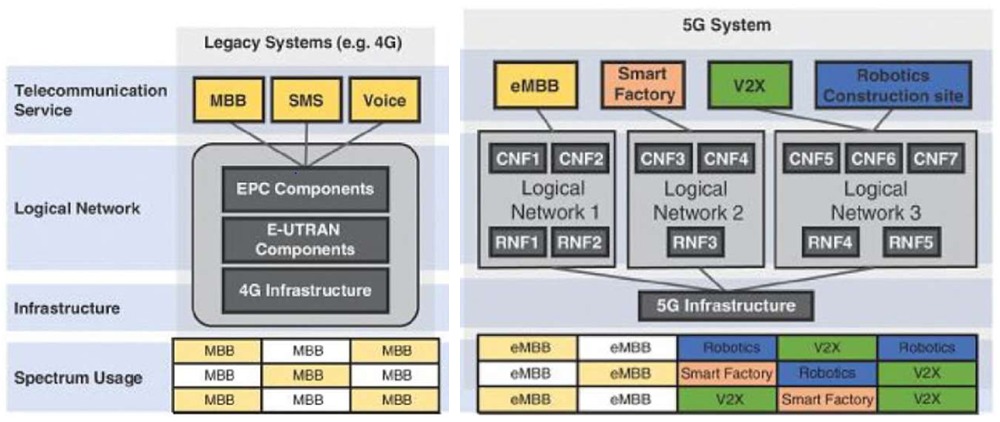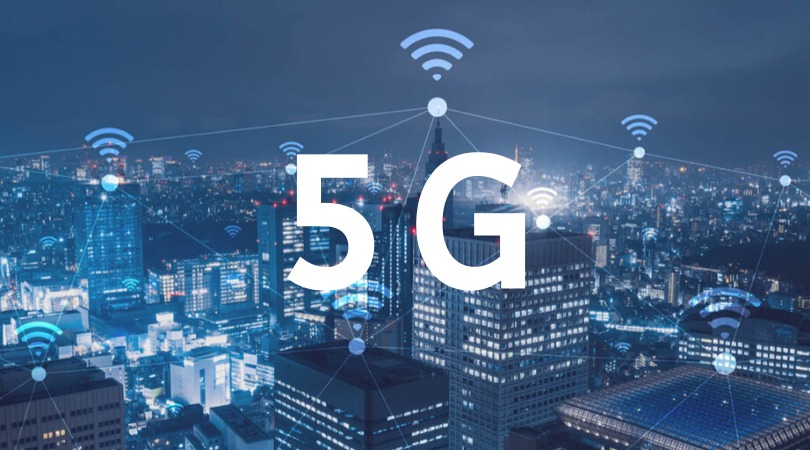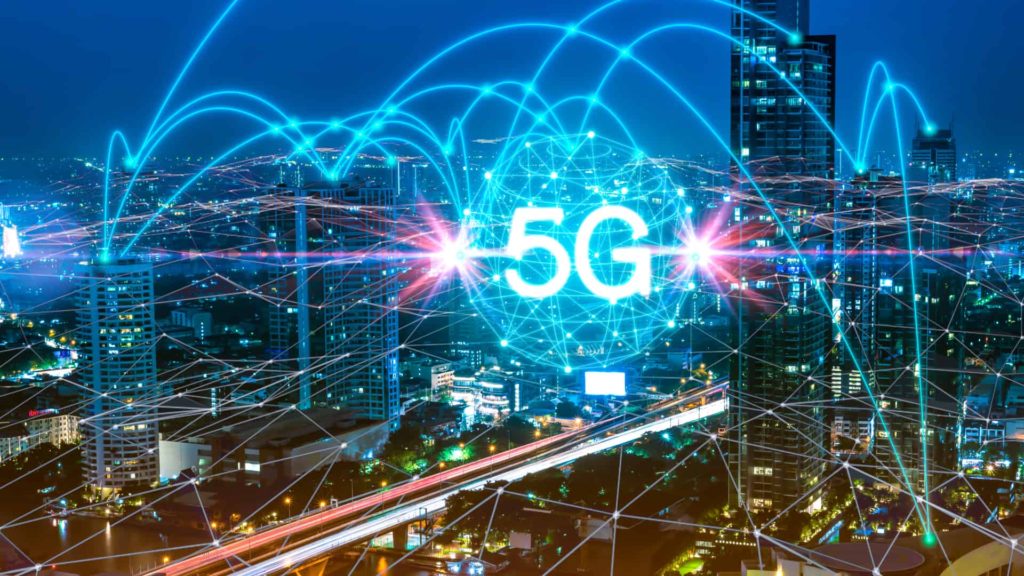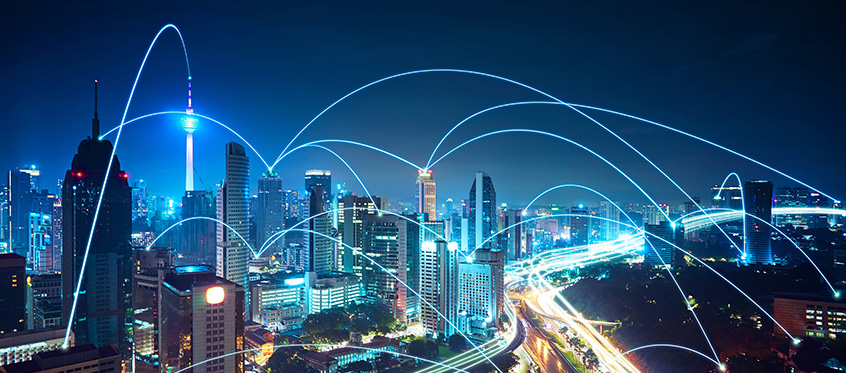Technologies, such as Augmented Reality (AR) and Virtual Reality (VR), are recently growing in popularity. Of course, Virtual Reality is not just for gaming as it is usually related to. Think of a VR-enabled business, with the ability to transform the business environment and spread the information across different channels in an innovative and exciting way. 5G and AR/VR technologies combined are the next big thing in communications. Based on this merging of technologies, the global market is projected to grow enormously after 2018, with estimations of reaching $215 billion by 2021.
Experts believe that in 10 years VR will require neither a mobile device nor a smart TV. Tech giants like Apple, Sony, and Microsoft are currently investing millions in AR/VR technology. This technology promises to revolutionize entertainment, information, training simulations in many sectors, and ultimately transform our everyday lives.
VR technology has already appeared in various forms during the last two decades. However, in recent years, AR/VR technology has improved significantly. Nowadays, thousands of users around the world have an AR/VR headset at home, watching content on huge screens, just a few inches away from their eyes. And more is yet to come, since VR prices are becoming more affordable as compatible content grows, and new applications keep popping up.
What is Virtual Reality?
There have been several definitions of the concept since the term was first introduced back in the late 80s. VR is about simulating a real or imaginary environment where the user can have experiences in real-time and in three dimensions. Under conditions, the user may also be able to interact and move within the environment and utilize senses other than vision.
To simplify the term, we could say that VR technology “fools” the brain, by processing and presenting information from the virtual environment, to change our perception of reality. Or even better, VR can create the illusion of transferring to a form of reality that does not exist in the physical world, but the brain still perceives it as real. How convincing this feeling is, is the key to the success of the VR experience. Many argue that the reason that VR technology stayed at an infant level for so many years was because of poor user experience. Everything shows that with 5G, this is about to change.
Augmented Reality (AR)
A branch of Virtual Reality technology that is lately gaining a lot of ground is Augmented Reality (AR). Compared to VR, AR does not create a new virtual world, but the real world integrates or ‘interferes’ with the virtual world and vice-versa. At the same time, the user can interact both with real-world objects and their virtual counterparts.
Pokémon Go was the most popular augmented reality game to date. Thousands of users around the world were hunting for Pokémon in public buildings, squares, forests, and mountains. The monsters, of course, only appeared on the screen of their cell-phone.
AR/VR Applications
Many believe that virtual reality begins and ends in the entertainment field. Indeed, the experience of a VR game is so immense that it is difficult for the user to enjoy “conventional” games on their console or computer any more. Yet, AR and VR games are just the tip of the iceberg, hiding under the ocean of new and mostly unknown AR/VR applications.
VR videos such as documentaries, concerts, and feature films may give the viewer a real sense of transportation to space, visiting an exotic place, or even another planet. Virtual technology can be exploited in dozens of aspects of everyday life, from medical and scientific research to sports and architecture. Practical applications of VR touch many industries, where it may be dangerous, expensive, or simply impossible to try something in the real world. The most striking example is the training of pilots and astronauts, which can be done much more efficiently, safely, and at no cost than in real-life training scenario.
As technology improves and becomes more accessible, more applications will emerge. Virtual reality tourism, for example, is an ideal field. Consider how different the holiday experience would be if instead of seeing static photos before booking your hotel, you could navigate in all of its surroundings beforehand. Imagine how easy, cost-effective, and safe it would be if you could “visit” a museum in New York from the comfort of your couch. Or even better a zoo in Buenos Aires, or a beach in French Polynesia, while also being able to visit inaccessible places, such as the North Pole, the bottom of the Pacific, planet Mars, etc.
From surgery simulations to architectural design
AR/VR will create many prospects for medicine. Practical training of doctors may take place under conditions that would be similar to a real intervention or treatment process, without compromising the integrity and life of the patient. Virtual reality technology shakes hands with designers as it makes it easy to test buildings, cars, industrial objects. It is expected to give a significant boost to artistic creation, allowing, for example, three-dimension painting, as well as collaborative nature. However, it is already being tested in the real estate sector with high growth prospects. For example, a potential property buyer will be able to see the building in incredible detail beforehand, explore all its spaces, place their furniture or virtually “paint” it in the colors of their preference.
Equally revolutionary will be the developments in various fields of research such as physics, biology, and chemistry, as it will enable researchers to carry out and extend experiments remotely. This may be costly and even dangerous with the current capabilities of technology. In astronomy, the possibilities of modeling planetary systems and the universe in astonishing detail and clarity through VR will pave the way for further exploration.
Will Virtual Reality Technology Become Massive?
The limited reach of VR and AR technologies so far is mainly due to the lack of abundant and convincing content. The more content producers and developers feed the platforms with the material, the more popular it will become. And for better or worse, the emphasis will be on VR games, as only entertainment applications could add mass to technology. If developers take advantage of VR capabilities, the results will be impressive and will attract audiences with no gaming experience.
It is also essential to overcome any technical problems of early AR/VR applications. For example, the sense of dizziness and loss of orientation that many users report. Also, the slow response of systems to user movements and commands, which significantly diminishes the sense of realism from experience. At the same time, new cameras are being built that will capture even more quality and flawless VR material.
One of the fundamental issues that manufacturers have to solve is that of VR. The implementations so far – even the most improved ones – are not particularly easy to use, nor convenient. Their increased weight and volume is the main obstacle, as, after a few minutes, most users get tired. Manufacturers have also opted for alternatives such as VR cardboards or lighter VR glasses, but performance cannot be the same.
It is certain that in the coming period, augmented and virtual reality technology will be expanded and improved. This will attract more users, creating a profitable industry with tens of billions of dollars. The VR experiences that await users in the next following years have up to now only been portrayed in science fiction movies. These experiences will become part of our reality. Augmented reality and virtual reality technologies will clash and branch with the “real,” to the extent that we cannot distinguish the boundaries between them.
AR/VR challenges
With the widespread acceptance of AR and VR products and services, various issues are also likely to appear. The potential risks of using virtual reality are mainly related to the breach and leakage of personal data. Furthermore, users store a lot of content via VR devices, such as videos and photos, that could be used maliciously. Potential risks also include extra health-related expenses (e.g., dizziness, nausea) or even casualties caused by accidents. Remember the injuries and deaths associated with Pokémon Go.
Furthermore, according to recent reports, the cost of implementing and using AR/VR to businesses and individuals in the US alone will exceed $ 20 billion. However, the benefits and expected profits by AR/VR expansion will overcome all the above obstacles. 5G networks and Ultra-Reliable, Low-Latency Communications (URLLC), with high reliability and ultra-low latencies, will be the framework that will lay the foundations for AR/VR use cases to expand and become an integral part of our everyday lives.

